The Oudh Nights: Tales of Nawab Wazirs, Kings and Begums of Lucknow
Synopsis
This book is for those readers who want to know the truth about Oudh and the past of Nawabi Lucknow. In the eyes of eyes of East India Company, the Nawab Wazirs, Kings and Begums of Lucknow were much maligned persons in the history of Oudh. Of all the persons the last deposed King Wajid Ali Shah was charged with infamy. Not many Indians are aware that interested parties to dethrone him, spread canards judiciously. Few of the younger generation of India care to remember the heroic effort of Begum Hazrat Mahal who led from the front and fought to liberafe the country from the British. She refused to accept not once but many times, offers of security and due privileges from the East India Company. She wanted to live with independence, dignity and honor and not on crumbs thrown by a foreign power. She died unsung in Kathmandu, Nepal. Her equally brave son Birjis Qadr spent his precious childhood and youth in fighting against the British and then died under mysterious circumstances when he returned to Calcutta. The Naishapur dynasty of Oudh founded by Mohammed Ameen Saadat Khan Burhan-ul-Mulk, produced men like Safdar Jung who brought Oudh to the forefront of Hindoostan, Shuja-ud-Daulah and Asaf-ud-Daulah sprinkled rainbow of colors in the skylines of the cities they resided Saadat Khan brought prosperity, Ghazi-ud-Din, Saadat Khan brought prosperity, Ghazi-ud-Din Haider and Nasir-ud-Din Haider assimilated Western thought, Mohammad Ali Shah and Amjad Ali shah added some cosmetic touch to the city, and Wajid Ali Shah introduced the culture of mass entertainment and a drive for everything Swadeshi. The last King Birjis Qadr and Queen Mother Begum Hazrat Mahal infused the spirit of patriotism and sacrifice of life for the motherland in every living person of Oudh. The ruling dynasty founded by a Persian, continued in Oudh for more than 100 years. Lucknowites still gratefully acknowledge the contributions of these Nawab Wazirs, Kings and Begums who gave them a distinct Oudh culture, which represented the synthesis of two great civilizations of Hindoostan and Persia. This fusion led to what is called Ganga-Jamuna culture. It was rightly named so because it had roots deep down in the sweet smelling soils of Oudh. The last reigning monarch of the dynasty, Wajid Ali Shah was a true representative of Oudh, who was born, brought up in Oudh and identified himself completely as any Oudhi Person. These unique cultural syntheses led to many Muslims as ardent devotees of Lord Ram and Lord Krishna. The British replaced the Naisapur dynasty. It was not by people’s choice but by the old maixm, might is right. Some new found facts about Birjis Qadr and his descendants are included. Some special photo features in the book are; begum Hazrat Mahal’s grave in Kathmandu, Nepal, Wajid Ali shah’s grave in Kathmandu, Nepal, Wajid Ali shah’s grave and Mausoleum in Calcutta, copy of Wajid Ali his son and attendants after his return from Nepal and a painting for Begum Hazrat Mahal leading the attack in AlamBagh engagement against the British.
Read more
112.50
101.25
$
125.00 $
Free delivery Wolrdwidе in 10-18 days
Ships in 1-2 days from New Delhi
Membership for 1 Year $35.00
Get it now and save 10%
Get it now and save 10%
BECOME A MEMBER


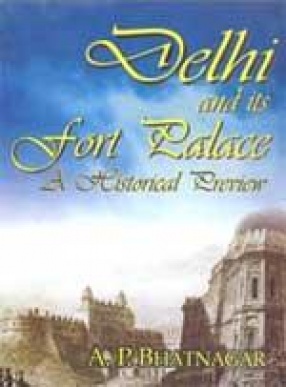
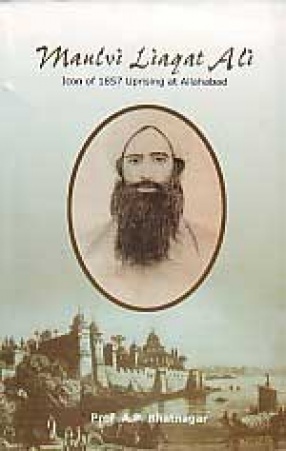
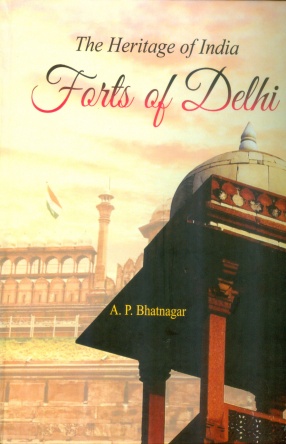

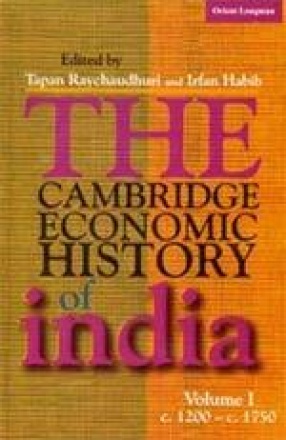
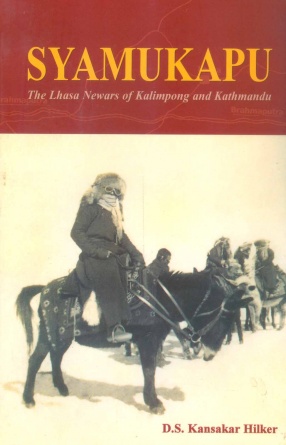

Bibliographic information